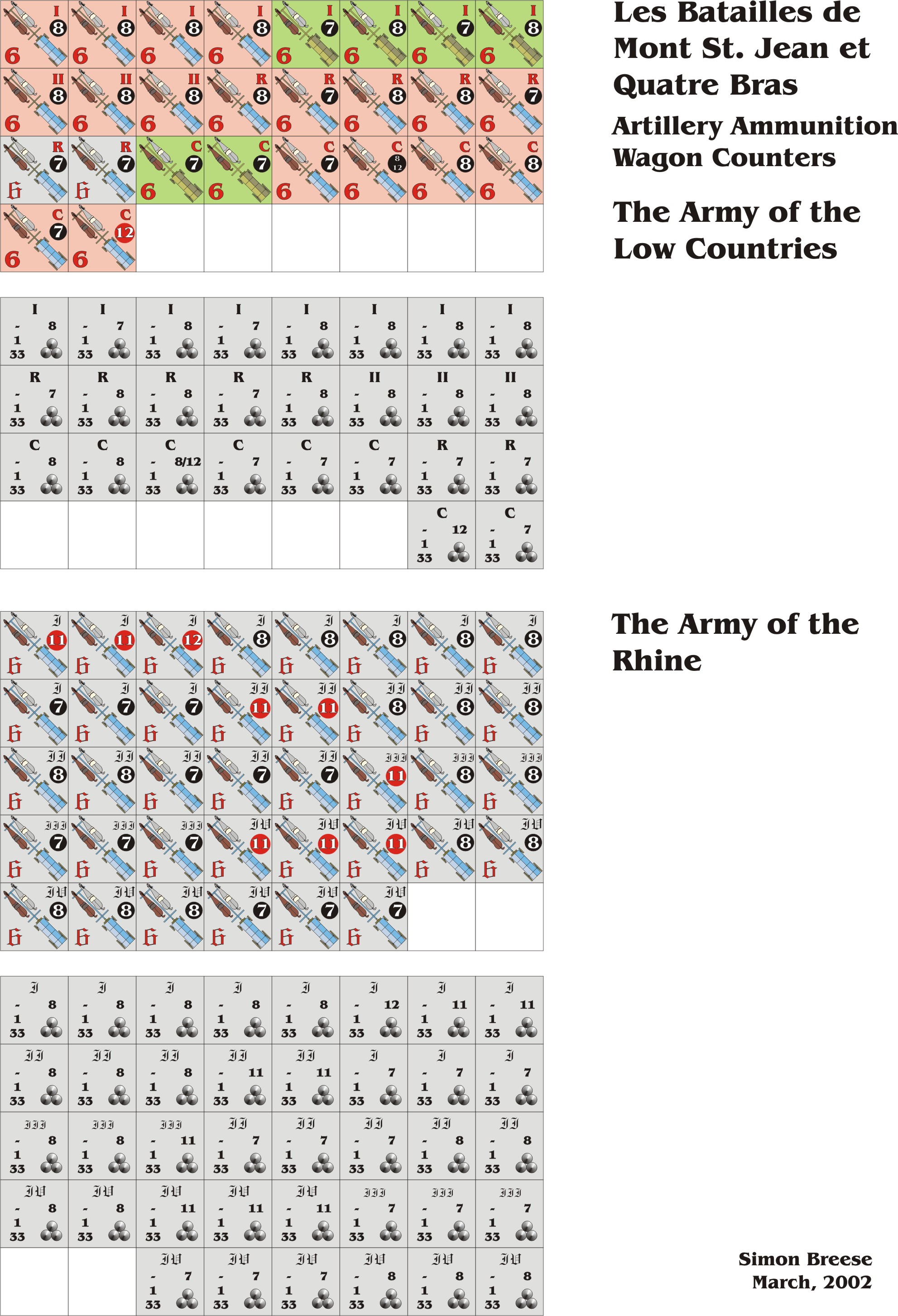
Iraq War Games Online Free
Langkah-langkah pembuatan pop up book diphthong. Hal-hal seperti ini membuat ceritanya lebih menyenangkan dan menarik untuk dinikmati.
Mar 7, 2017 - The games allow soldiers to take their combat roles home with them and blur. In this, the Iraq War veteran seems to say that video games can. GULF WAR GAME - Animated in 2002, / ANIMATION 10-day free trial. Before the outbreak of the Second Iraq War, I was reading a great many. 'Your interview will go out over the wires on Sunday evening; it'll be online on Monday.
The country of Ghanzia is embroiled in a civil war. As a soldier in America’s Army, your job is to do everything from protect U.S. Military convoys against AK-47-wielding attackers to sneak up on a mountain observatory where arms dealers are hiding out. It is a tough and dangerous tour of duty that requires dedication, focus, and a bit of luck. Fortunately, if you get hit by a bullet and bleed to death, you can reboot your computer and sign on under a new name. America’s Army is a video game — a “tactical multiplayer first-person shooter” in gaming lingo — that was originally developed by the U.S. Military to aid in its recruiting and training, but is now available for anyone to play.
Among the most downloaded Internet games of all time, it is perhaps the best known of a vast array of video game-based military training programs and combat simulations whose scope and importance are rapidly changing not just the video-game marketplace, but also the way the U.S. Military finds and trains its future warriors and even how the American public interfaces with the wars carried out in its name.
For all the attention to the strategic debates of the post-9/11 era, a different sort of transformation has taken place over the last decade — largely escaping public scrutiny, at modest cost relative to the enormous sums spent elsewhere in the Pentagon budget, and with little planning but enormous consequences. These “games” range from the deadly serious, like programs designed to train soldiers in cultural sensitivity or help veterans overcome the trauma of combat, to the truly outlandish, like a human-sized hamster wheel that makes virtual-reality software feel more realistic.
There are even video-game modules that teach soldiers about the perils of sexual harassment. All told, the U.S. Military is spending roughly $6 billion each year on its virtual side, embracing the view, as author Tom Chatfield put it, that “games are the 21st century’s most serious business.” The link between games and war goes all the way back to “boards” scratched onto the back of statues by Assyrian guards almost 3,000 years ago. Three millennia later, as the U.S.
Military recruits from, and is increasingly led by, a generation raised on Grand Theft Auto, real warfare is taking on the look and feel of a video game, from the aerial drones launching precision strikes at terrorists in remote hideouts in Afghanistan and Pakistan to the joystick-controlled robots defusing roadside explosives in Iraq. “The biggest change is that it’s gone from being unique to being ubiquitous. It’s everywhere now,” Mark Sinclair, a staff vice president at military contractor General Dynamics, told a U.S.

Navy journal. The Pentagon’s embrace of video games is part of a much larger phenomenon — “militainment” — that is reshaping how the public understands today’s conflicts. The term was first coined to describe any public entertainment that celebrated the military, but today it could be redefined to mean the fascinating, but also worrisome, blurring of the line between entertainment and war. For example, while America’s Army is technically a publicly funded recruiting and training platform, its main commercial rival is Call of Duty: Modern Warfare 2, a game published by Activision Blizzard. The two games compete for market share, but also over who can better define contemporary war zones. In America’s Army, you deploy to the fictitious country of Ghanzia; in Modern Warfare 2, you join a U.S.
Special operations team that roams from Afghanistan to the Caucasus, winning hearts and minds (or losing them) with a mix of machine pistols and Predator strikes. The players also fight it out in a range of potential future areas of conflict, from Brazil’s rough urban favelas to a simulated Russian invasion of Washington, D.C.
(This is actually a major flaw in the game; any invasion force would clearly get stuck in Beltway traffic.) The stakes are high. Modern Warfare 2 came out on Nov. By the end of the next day, it had racked up $310 million in sales. To put this in perspective, Avatar, James Cameron’s latest Hollywood blockbuster (notably following an ex-Marine remotely fighting through a video-game-like battle environment), earned a measly $27 million on its first day. Another comparison might be even more apt. Roughly 70,000 young Americans chose to join the U.S.